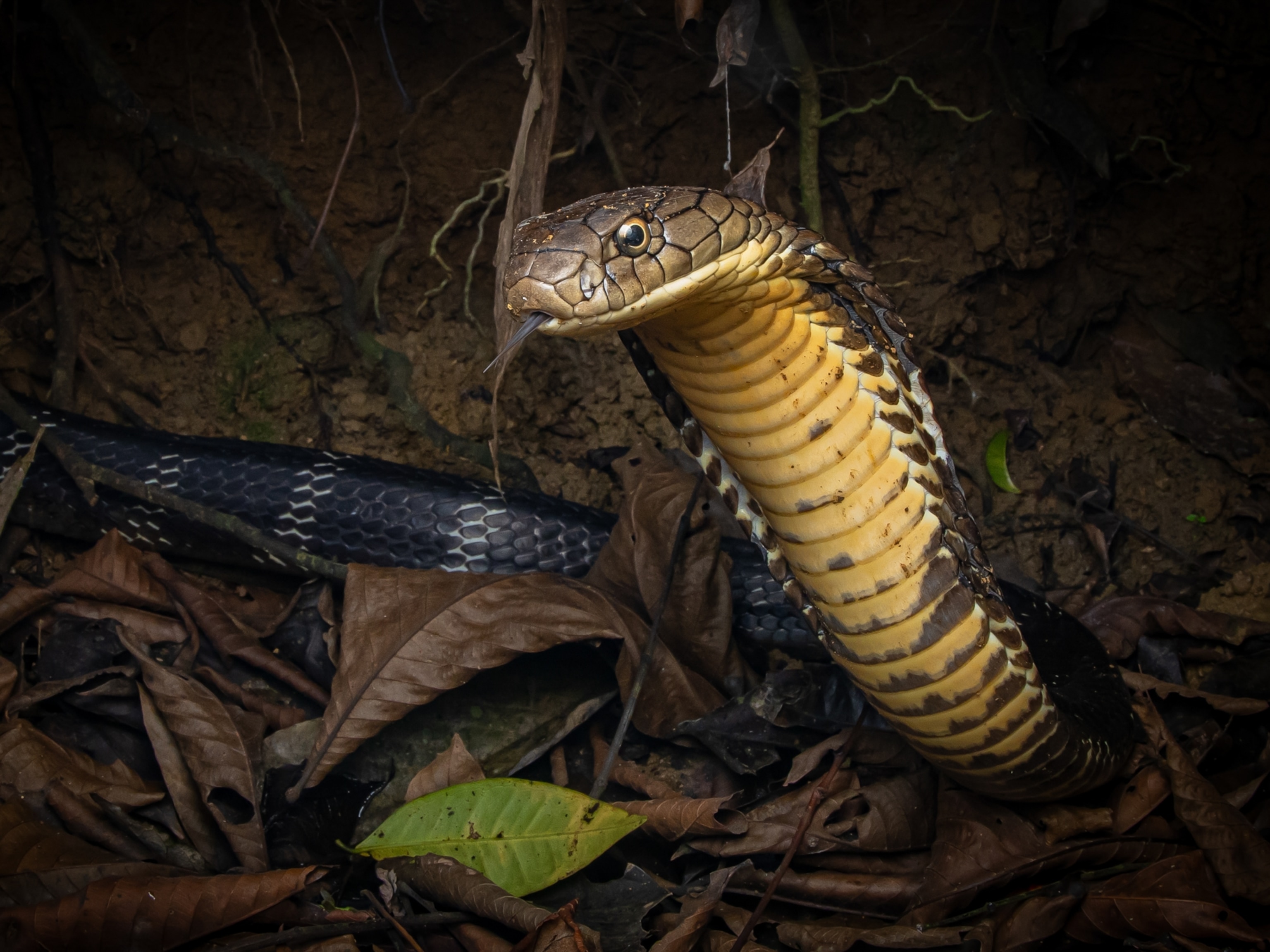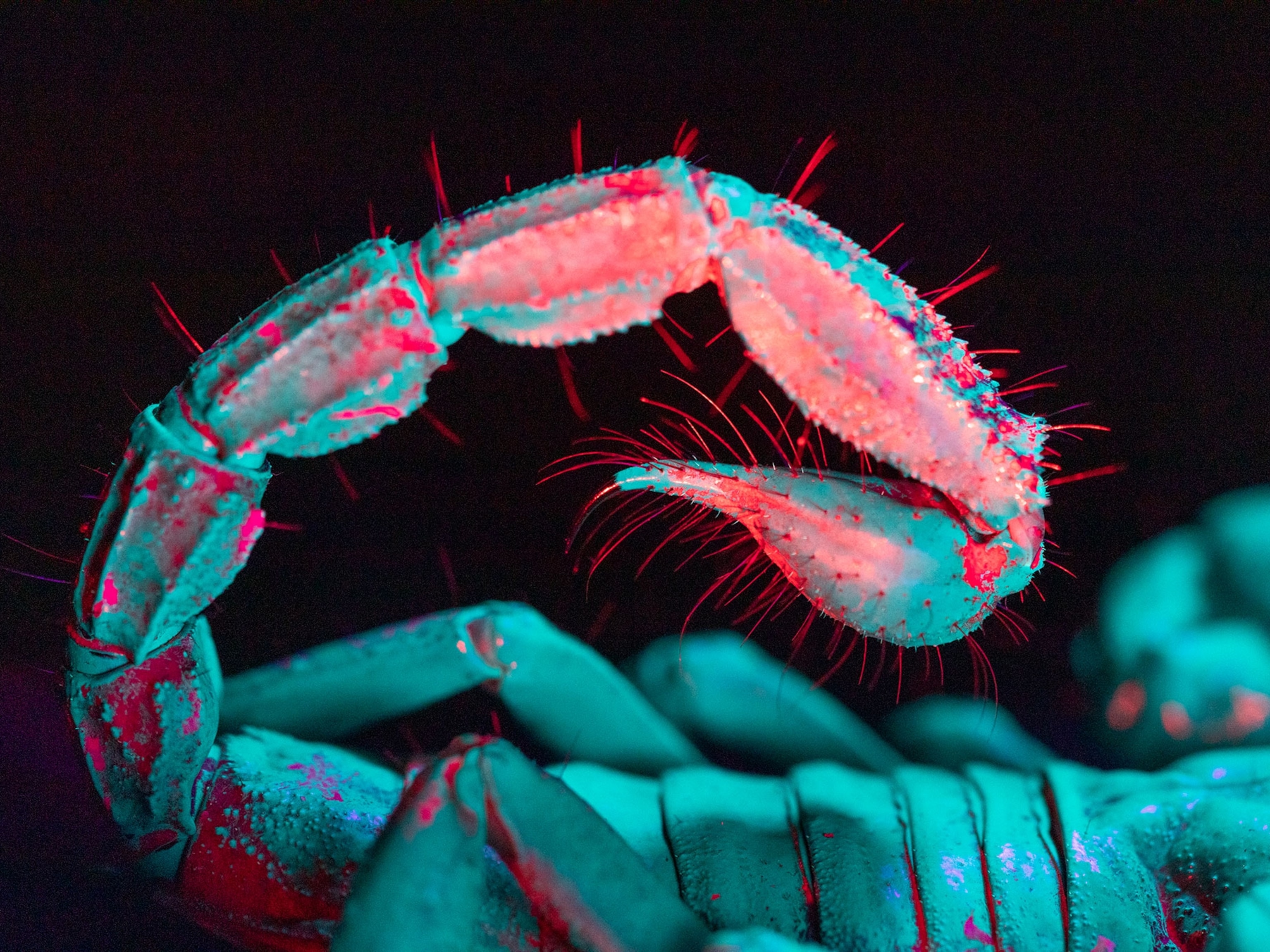
Why We Were Totally Wrong About How Boa Constrictors Kill
Conventional wisdom held that pythons and anacondas suffocate their prey. Instead, the predators cut off their victims' blood supply, a new study says.
Boa constrictors were long thought to kill their prey by suffocation, slowly squeezing the life out one ragged breath at a time.
But a new study reveals that these big, non-venomous serpents, found in tropical Central and South America, subdue their quarry with a much quicker method: Cutting off their blood supply.
When a boa tightens its body around its prey, it throws off the finely tuned plumbing of the victim's circulatory system. Arterial pressures plummet, venous pressures soar, and blood vessels begin to close. (Read how snakes know when to stop squeezing their prey.)
"The heart literally doesn't have enough strength to push against the pressure," says study leader Scott Boback, a vertebrate ecologist at Dickinson College in Carlisle, Pennsylvania.
Most animals can actually survive a relatively long time without breathing: Think about drowning people who are later resuscitated, he says. But the same isn't true for a body without a heartbeat.
If executed perfectly, the powerful squeeze causes the animal to pass out within a matter of seconds. Death follows soon after.
Snakes on a Vein
To better understand the snakes' constriction mechanism, Boback and his colleagues at Dickinson anesthetized lab rats and then rigged the animals with various instruments.
Vascular catheters measured blood pressure, for instance, while electrodes secured within the rats' chest cavities provided information about the heart's electrical activity. (Also see "Pictures: How a Python Can Swallow a Crocodile.")
Then they fed the outfitted rats to captive boa constrictors and measured what happened to the lab rats. Surprisingly, the pressures at which the snakes cinched against the rats weren't all that remarkable. But then again, they don't need to be.
"A boa constricting a small rat is generating the kind of pressure that would stop the blood flow in your arm," says Boback, whose study appears July 22 in the Journal of Experimental Biology.
But even this light pressure, when applied to a rat's torso, makes its system goes haywire, the team discovered. (See "Giant Python Meals That Went Bust.")
Once blood flow ceases, organs with high metabolic rates—such as the brain, the liver, and the heart itself—begin to shut down. Doctors call this ischemia.
Snakes call it lunch.
An Evolutionary Advantage
The team theorizes that killing by circulatory arrest has given all constricting snakes—which includes pythons and anacondas—an evolutionary advantage. The quicker the snakes can disable their prey, the lower the chance the predator will get hurt in the process.
"That absolutely makes sense," says Paul Rosolie, a conservationist who has spent the last decade working with anacondas.
Think about other animals living alongside boa constrictors in tropical rain forests, says Rosolie: They have teeth, hooves, and claws capable of kicking and ripping. But a snake just has a mouth—making it extremely vulnerable. (Watch a video of an anaconda taking down its prey.)
"Almost every time an anaconda takes something down, it's putting its face on that animal," says Rosolie, who wasn't involved in the new research.
"If it doesn't get the attack exactly right, something big like a capybara can chew right through the body of an anaconda."
Watch a video of an anaconda stalking a capybara.
Ectotherm's Revenge
As interesting as his revelation is, Boback says there's still much we don't know.
For instance, there's evidence that boa constrictors have a tougher time killing ectotherms, animals such as lizards and snakes that rely on external heat to regulate their body temperatures.
During a recent expedition to Honduras, for instance, Boback and several other scientists observed a boa constrictor attacking a spinytail iguana. After the snake constricted its prey for an hour, the team collected both animals—assuming the iguana was dead—and went to bed.
In the morning, they were surprised to discover the animals at either end of the observation tank, with the iguana alive and well. (Also see "Freshly Eaten Snake Makes Amazing Escape—Find Out How.")
"We have no idea what was going on," says Boback, "but [the iguana] seemed totally fine."
No worse for wear, the team released the lucky survivor back into the wild.





